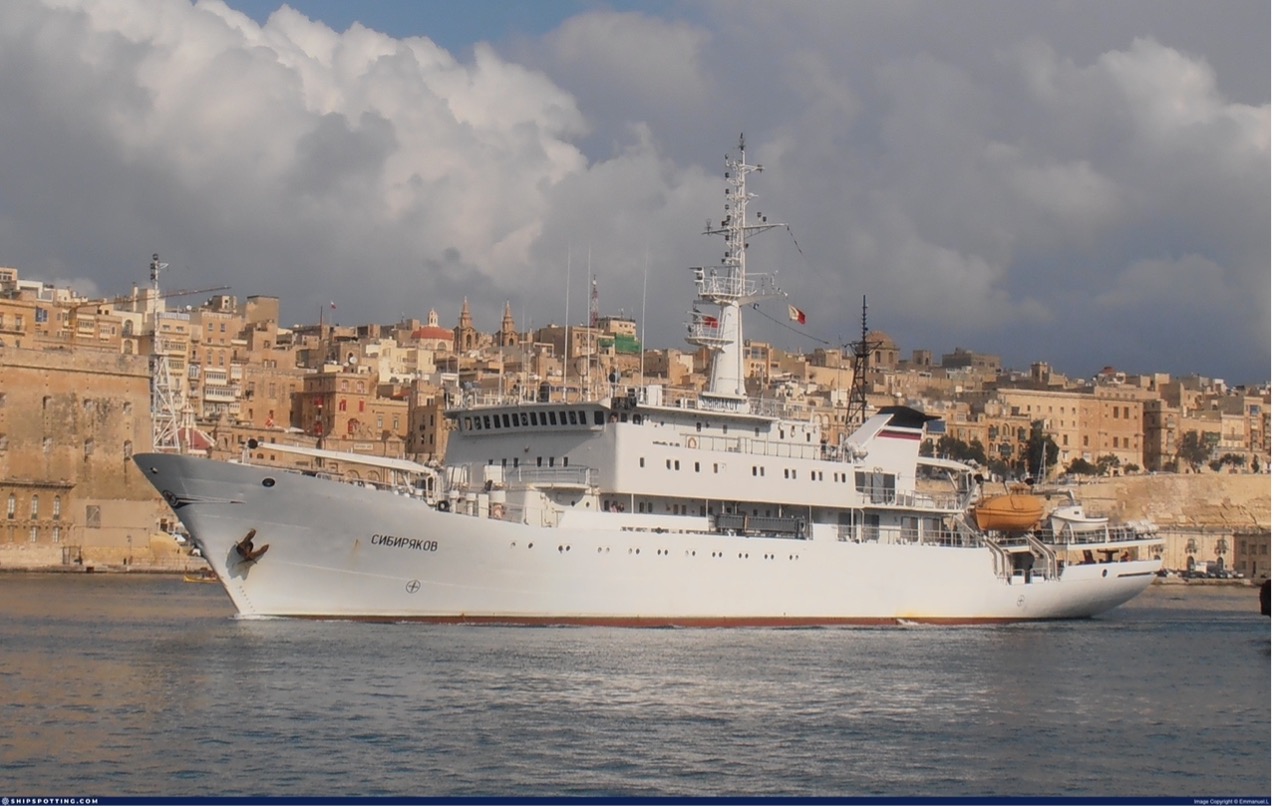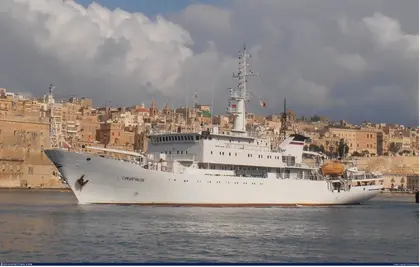More evidence has emerged of Russian ships acting suspiciously in the area of the Nord Stream 2 pipelines in September, just days before they were damaged by underwater explosions.
The cause of the blasts and who was responsible is still unclear, with Russia and the west blaming each other. Investigations confirmed that the explosions were sabotage but have yet to apportion blame.
JOIN US ON TELEGRAM
Follow our coverage of the war on the @Kyivpost_official.
The latest instalment of a Scandinavian TV documentary series "Putin's Shadow War," which first revealed Russian mapping of wind farms in the North Sea, has identified further suspicious movements of Russian naval ships in the period leading up to the Nord Stream blasts.
Quoting a former British naval intelligence officer, who said he had been able to locate three Russian vessels through interception of communication between the ships and their naval bases between June and September, the TV program focused on three suspicious ships.
The ships he identified were: the Russian naval research vessel Sibiryakov, the tugboat SB-123 and a third Russian naval ship that has not yet been identified. These were all operating as so-called "ghost-ships," which having turned off their locator transmitters.
These ships are said to have been in the vicinity of one or other of the explosion sites for several hours and, in one case, for almost a full day.

| Russian naval research vessel SibiryakovPhoto: Emmanuel.L - Shipspotting.com 
Other Topics of Interest
US Must Address Russian Disinformation to Strengthen US Election IntegrityIn the face of evidence that Russia used social media platforms in attempt to influence the 2024 presidential election Congress and the US public must now address Moscow’s disinformation campaigns.
|
The Sibiryakov, which has the capability to conduct of underwater surveillance and mapping as well as carrying a small underwater vehicle, was believed to have been operating unusually in the area in June along with the unidentified ship.
The naval tugboat SB-123 arrived and stayed overnight on September 21-22, five days before the September explosions, before sailing back towards Russia. The SB-123 is used to support and rescue submarines and has the ability to carry out operations on the seabed.
The Kyiv Post carried a report on April 28 which highlighted a Russian ship that had been operating in the area of the Nord Stream 2 prior to the explosion.
While the presence of these vessels is not definitive evidence that Russia was behind the blast it does, when considered in tandem with the behavior in the North Sea, raise questions about what they were up to.

Tugboat of the same class as SB-123.Photo: wikicommon
You can also highlight the text and press Ctrl + Enter






